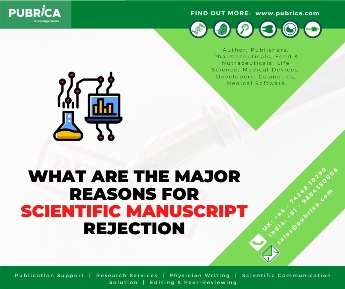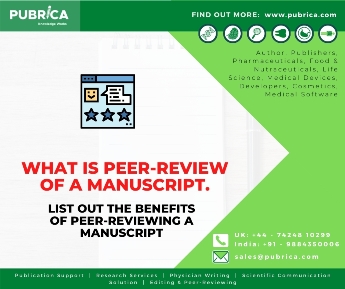
Cover letter
October 31, 2018
Style sheets, a “must” in scientific writing
October 31, 2018Harvard Referencing Style
Learn the author-year format of citing references.
Students have various referencing style options to choose from and one such style is the Harvard referencing style. You use an author-date style for citing references. Harvard style of referencing varies among universities. Two key elements are parenthetical (in-text) citations and a bibliography (list of references). Universities recommend the Harvard style in a variety of subjects. A specific versioning of Harvard referencing is unavailable; however, the author-date format reveals credibility and your sources.
Every author’s name that is included in in-text citations should also show in the list of references at the last page of the document and vice-versa. Correct citations are important to show the quality and credibility of your work and in the Harvard case you mention the last name of the author and year of publication.
In-line citations
Harvard style of referencing states strict conventions for references and in-text citations. Vital pieces of information means writers must place the last name and publication year toward the end of the line.
Here are a few examples
- Neurotic disorder is a grave mental ailment affecting 9% of the city (Johnson 2018, p. 201).
- The field of statistics is crucial for mathematics studies (Williams 2002, p. 22).
- There are several bird species classified according to plumage (Fields 2001, p. 46).
On the contrary, if the author is given importance then the in-text citation appears before the quoted text. See the following examples:
- Vittal (2018, p. 44) stated that “greenhouse gases promote lung cancer in city dwellers.”
- Mary and Ziegler (2013, p. 16) illustrated the grave effects of greenhouse emissions.
Follow the conventions of in-text citations. When 2 authors are quoted at the end of a line inside a parentheses then use an ampersand (&) to distinguish their surnames. On the other hand, when authors are quoted at the start of a line then use the word “and” to split their surnames. Here is an example.
Williams and Keats (2012, p. 22) remarked that allergy may be caused by prolonged exposure to dust.
Here are a few examples of referencing
Place the list of references at the final page or end of a dissertation, list all authors who appear in-text. Referencing or citations preempts plagiarism (academic or publishing misdemeanor) and enhances chances of your work being published. Another aspect of the manuscript is that it reveals the validity of your arguments; in addition, readers look to the references section to ascertain sources and trace them. Besides, you acknowledge or credit other authors’ work—this is a sign of your credibility. Literature review shows how much homework or research you have done and citing it right is the way to go.
Same author but different work: use 2-em dash convention. Here is an example.
Kelly, Martha & Ken, LT 2012, ‘Causes of mental illness in teenagers,’ Journal of Psychology, vol. 13, no. 1, pp. 183-189.
___2012a, ‘The price of taboo of mental ailments,’ Review of Psychiatry, vol. 2, no. 5, pp. 191-221.
___2012b, ‘Quality of relationships in patients with multiple personality disorder,’ Review of Psychiatry, vol. 4, no. 1, pp. 161-171.
General conventions for penning the references page
- Ensure you centre align title “References”; moreover, mention all citations in the reference list; exceptions to this norm are personal communication and classical writing.
- Place appendices after the reference list and place the reference list toward the end of the manuscript.
- When no authors available then you must cite in-text without mentioning in the references list. And order the references alphabetically by the last name.
- Two or more writings by the same writer? Then list the earlier work first.
Printed books with one author
- In-line: Johnson (2005, p. 38) referred that pattern recognition helps in DNA segregation.
- References: Martha, AL 2004, DNA segregation Using KJR, Institute for Genetics, Paris.
Printed books with two authors
- In-line: McCarthy and Jim (2012, p. 11) found no difference whatsoever in native and non-native speakers.
- References: McCarthy & Jim, 2012, Studies in Language, Oxford University Press, Oxford.
Printed books with three or more authors
- In-line: Henderson, Lafayette and Marx (2013, p. 15) literature review on barrier reef.
- References: Henderson, Lafayette & Marx, CD 2016, A Guide to Ecosystems, New York Press.
To conclude, Harvard style is easy to master once you start using it. Remember, always cite your sources



